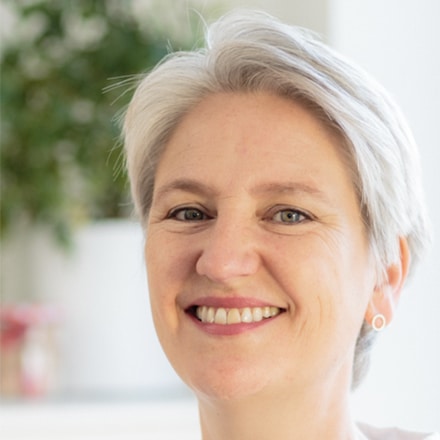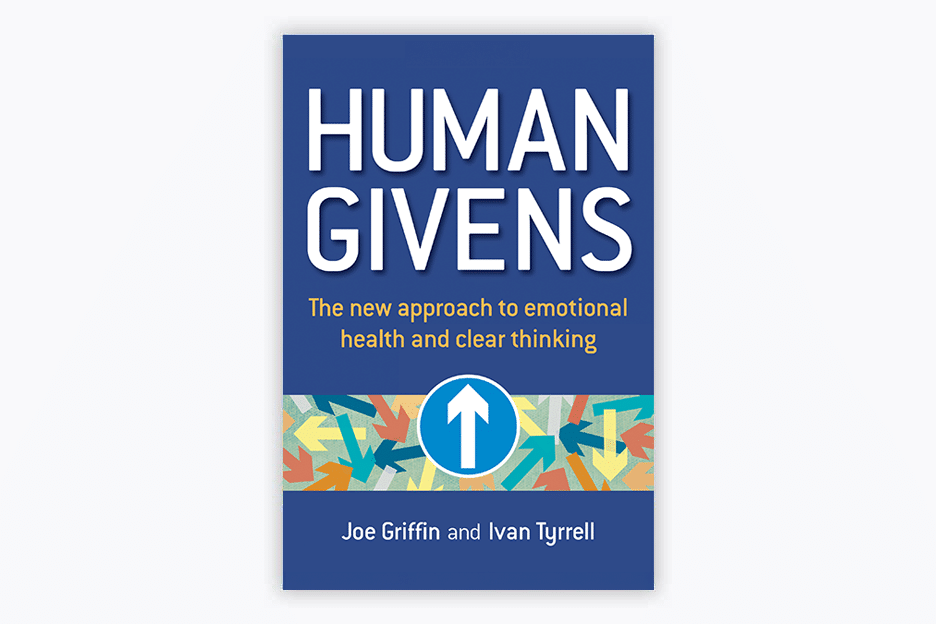No-fault divorce: it’s about time

Jennifer Broadley
The UK government recently announced that the Divorce, Dissolution and Separation Act 2020 will come into force in April 2022. Many HG therapists work with couples navigating separation and divorce, so we asked HG tutor and therapist, Jennifer Broadley, to take a look at what this would mean in practice.
The word ‘divorce’ can prompt dread, sleeplessness and anxiety for those navigating their way through it. The legalities of a divorce are not only stressful and conflict-orientated, but also lengthy and time-consuming – especially for couples who share children and assets. The usual timeframe of the process from beginning to end is 1 to 2 years, although 3 to 5 years is not unusual if disagreement and disrespect lead to a communication standoff.
The number of divorces in the UK are, thankfully, reducing – but this is mainly because fewer couples are getting married in the first place.
Marriage has been on a steady decline in the UK for the past 50 years: the Office of National Statistics reports that in 1972 there were 426,000 marriages in England and Wales, with numbers then consistently falling until 2017 when 236,000 marriages were recorded.
Divorces follow a similar pattern. In 1993, the year with the largest number of divorces, a huge 165,000 marriages ended in divorce; but in 2019, this had reduced to just over 108,000 divorces in England and Wales.
At present, a couple can divorce in England and Wales using one of 5 grounds:
- adultery
- unreasonable behaviour
- desertion
- living apart for at least two years (if the divorce is uncontested)
- living apart for at least five years (if one partner won’t consent to the divorce).
In Scotland, there is ONE ground for divorce and it’s ‘the irretrievable breakdown of the marriage’. However, a ‘petitioner’ (the person who first files to ask the court for a divorce), still has to prove that breakdown in one of four ways: adultery of the other spouse; unreasonable behaviour; one year’s separation if uncontested, or two year’s separation otherwise.
In all these cases there’s an onus on the petitioner to blame their partner. And although ‘blame’ divorce is currently the fastest way to get out of a marriage, how much more respectful would the law be if it trusted the judgement of the couple involved? Reducing confrontation and encouraging greater cooperation has to be a positive step.
From a Human Givens’ perspective, the emotional needs most challenged during a divorce are security, control (autonomy), status and connection.
And if there are 108,000 divorces each year, that means that 216,000 adults may have their emotional health hanging in the balance for 1 to 5 years. And that’s without looking at the impact of divorce on the emotional needs of any children involved.
Thankfully, there’s hope on the horizon. A reform of the divorce law will be with us in less than a year. In April 2022, the Divorce, Dissolution and Separation Bill will introduce a no-fault divorce. It’s going to mean that the divorce process is simpler, shorter and more compassionate. The main differences will be:
- there will be ONE ground for divorce and that is ‘the irretrievable breakdown of the relationship’
- there will no longer be a requirement to supply facts for proof
- the divorce language will be updated including:
- ‘Decree Nisi’ changing to ‘Conditional Order’
- ‘Decree Absolute’ changing to ‘Final Order’
- ‘Petitioner’ (the person submitting the application) changing to ‘applicant’
- a couple can submit a joint application where both agree that the relationship has irretrievably broken down
- the ability to contest a divorce will be removed (if one person wants it, it’s happening)
- a new minimum period of 20 weeks from the start of proceedings to when the Conditional Order can be made.
With the new timescales most couples will have to wait for about 6 months for their divorce to complete. During this time, they’ll still be required to make separate arrangements to:
- Divide their finances & assets
- Agree on child residence and contact
- Draft an ongoing parenting plan
The change in how this affects a couple’s emotional needs will be a whole new section taught in Human Givens College’s Couples Therapy workshop. If you’d like a few tips now though, on how to help navigate your clients through a respectful and quick no-fault divorce, here are 5 things to focus on within the RIGAAR structure*:
1. Reframe divorce
Steer clear of outdated language like ‘failed marriage’, ‘broken family’, ‘relationship breakdown’, ‘adultery’, ‘single parent’ or ‘he left us’. Instead reframe divorce as a choice: ‘we are privileged to live in country and an era where it’s ok to change your mind’; ‘it’s normal that people change over time, and sometimes that means the ‘forever together’ we planned for has to be re-imagined’; ‘there’s no rush to see the full picture for now. One piece at time will get you there’.
2. Communicate the no-fault divorce highlights
You can highlight some of the bullet points above, and especially mention that the process has been considerably shortened so that divorces could be completed in under a year; this keeps costs to a minimum; and there is now a joint application option which, since both parties agree that the relationship no longer brings out the best in each other, is a way of agreeing together to move on.
3. Normalise divorce grief
It’s normal to feel sad when something is lost. It’s OK for clients to miss the things about the relationship that were exciting, supporting or comforting. Try, too, to encourage them to write down what was stressful, disappointing and irritating so that, as time moves on, they can look back and recall why the separation decision made sense.
4. Build Bravery
It takes patience, persistence and grit to re-design life after a significant event. Bravery makes a difference. Help your client to bravely imagine a better future; to bravely take action; to bravely say ‘yes’ to a new and exciting chapter.
5. Plan to co-parent respectfully
Once the contact and finances that relate to the children have been agreed, encourage your clients to practise co-parenting for 6 months. Help them to communicate well using reflective listening. And perhaps suggest they schedule a working conversation each fortnight for 20-30 minutes; in this they can review what’s working well and stick with it and discuss too what could work better for them and their children.
Relating to one another is not a formula – it takes great awareness and sometimes some very practical tools and skills. The Couples Therapy workshop predominantly teaches therapists tools and strategies for couples to better relate. It’s as important though to know when and how to respectfully end a marriage. This no-fault divorce has the potential to save couples money, stress and time. And that’s progress.
*RIGAAR is an acronym for Rapport building, Information gathering, Goal setting, Agreeing a strategy, Accessing resources, Rehearsal – a therapeutic structure taught on many of our mental health training courses.
This article first appeared in our August 2021 newsletter. If you’d like to hear about the latest news, special offers, online courses or upcoming training days, you can subscribe to our newsletters here.





